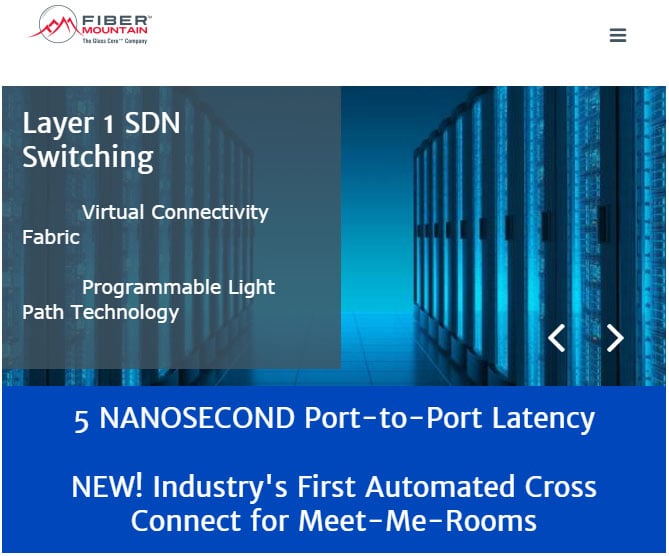Ericsson, Cisco Get Together on Network Infrastructure
Much of our lives as we know them today can't go very far without network infrastructure. From our desktops to our smartphones and everything in between, the various network components help drive these tools and make these as useful as possible. News of augmentations to network infrastructure, therefore, should be welcomed as the good news it is. Recently, Vodafone Hutchison Australia (VHA) landed some of this good news itself as Ericsson and Cisco were both slated to come in and augment the current system.
Reports noted that the Ericsson and Cisco project will work to transform network infrastructure at VHA, altering the core network to make it both more agile and somewhat simplified to be easier to work with overall. That combination of improved agility and simplification will likely yield a network better suited toward offering some of the latest in network functions. That in turn should make for a better overall customer experience as well as reduced spending in both operational expenditure (OPEX) and capital expenditure (CAPEX).
The project will bring several of Ericsson's best systems, from the Hyperscale Datacenter System to the Cloud Execution Environment and

several others, together with several of Cisco's, ranging from the WAN Automation Engine to the Cloud Services Router 1000v. Full slates of services and support functions will go along with this rebuilding effort, and provide new options from there. This is actually said to be a refinement of earlier work Ericsson did in 2014, which brought voice over LTE (VoLTE) services and virtual evolved packet core (vEPC) to VHA's operations.
Not only is it important to make those modifications, it's also important to make these fairly routinely. We've already seen how VHA made modifications twice in about a three-year spread. Keeping the network infrastructure running at its peak is vital to ensuring the least potential damage from competitors; we've seen this clearly enough with the arrival of Google Fiber in some markets. Before that, there was little reason to upgrade; with Google's arrival, though, upgrades began in earnest in a bid to deny it the market before it even entered.
Whether protecting against competitors or ensuring a future customer base, transforming network infrastructure routinely is the key to keeping that network running at its best and less likely to lose ground with customers. VHA is proving as much solidly, and this should end well for the company.
Edited by Alicia Young


